Jarrod Beck and
Ingrid Schaffner and Chris Taylor
Ingrid/Chris: First, briefly: how did you approach your RAIR residency?
Jarrod Beck: As a walking meditation. I chose to use the deconstruction rubble from the end of Revolution Recovery's sorting line. I combined this pre-selected material with pre-sorted aluminum melted down and cast into lines to make a drawing on the “Metal Bank” site between the main operating site and the Delaware River.
IS/CT: Can you talk about the interaction of marks and traces at the site with the marks you are making?
JB: Half the area was mowed in the fall. I used the ruts from that tractor as guidelines, I followed them as I walked out. I defined the Metal Bank ground-drawing to include existing piles of rubble, the marks of many trucks moving through the site. On the other end of the site I included the broken ice moving along the river. On another scale, I positioned the individual pieces to lay on the ground, which meant avoiding or pinning down some of the long dead grass.
IS/CT: How can we read time in these drawings?
JB: There is a fictional time if you project a story about other buildings on the site that the lines of rubble may trace. There are acts of time which correspond to the zones I just mentioned: the true time of the work of the site, my time in the mowed grass, and the environmental time of the the river, a tidal flow which switched direction.
IS/CT: In what ways do you draw to create patterns — or engage the viewer in a process of pattern recognition?
JB: The piece asks you to observe, to look for something. The patterns, shapes and materials provide a space for the viewer to linger and study.
IS/CT: How does your work at RAIR extend your on-going project in Terlingua, a West Texas ghost town, where you are creating a drawing that spans 5 acres?
JB: This work extends the ground-drawing into an urban condition. That translated to inviting two people to engage with the project in specific ways that haven't happened in Terlingua. Billy Dufala walked with me for two hours to make one section of the drawing; he also magically set up a furnace for us to cast the aluminum components of the project. Lucia Thomé engaged with the project without me being there to direct the visit. The nature of someone's observations shift if they don't need to report them to the artist immediately.
IS/CT: What relationships can we draw between your earthworks and the textiles you made in India last year?
JB: I see a visual connection between the drone footage of Metal Bank and some of the textile works made at the Sarabhai Foundation last year. In one of the works, Letter, I used the carved wooden blocks that the Foundation rescued from villages in India adjacent to places of fabric manufacture. I used a small percentage of the blocks to create a architectonic language for the viewer to decipher.
IS/CT: And finally, was there a particular lesson from your experience as a participant in Land Arts of the American West--the trans-disciplinary field program you went on as a graduate student at the University of Texas, Austin?
JB: To edit your tool box to something uncomfortably spare, to carry that to the edge of the group and in that remove, and begin.



